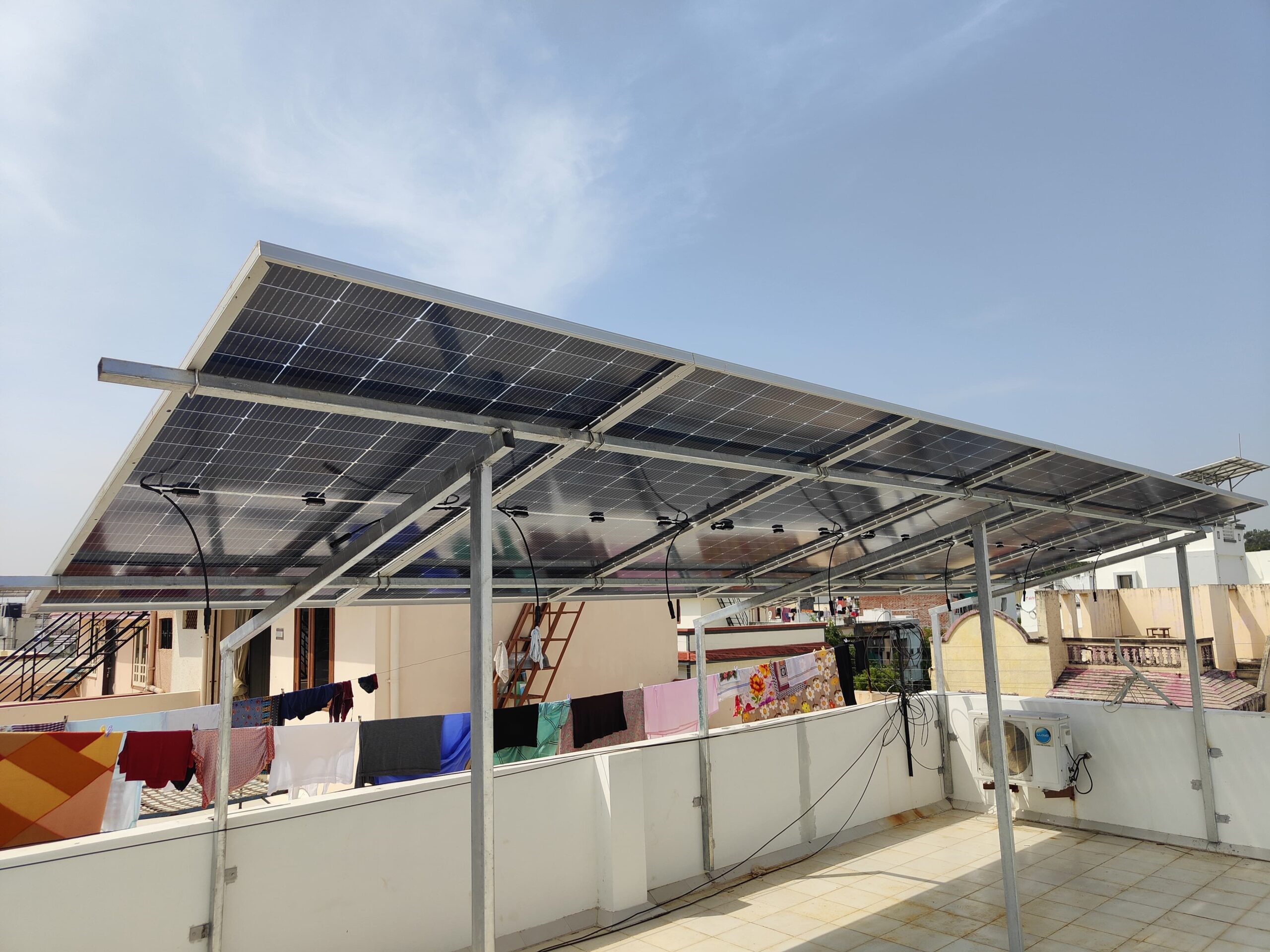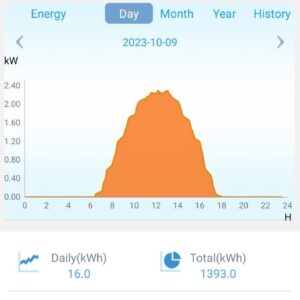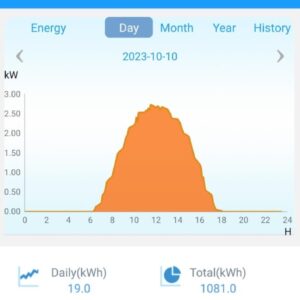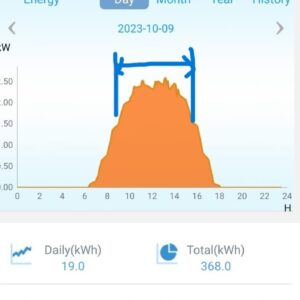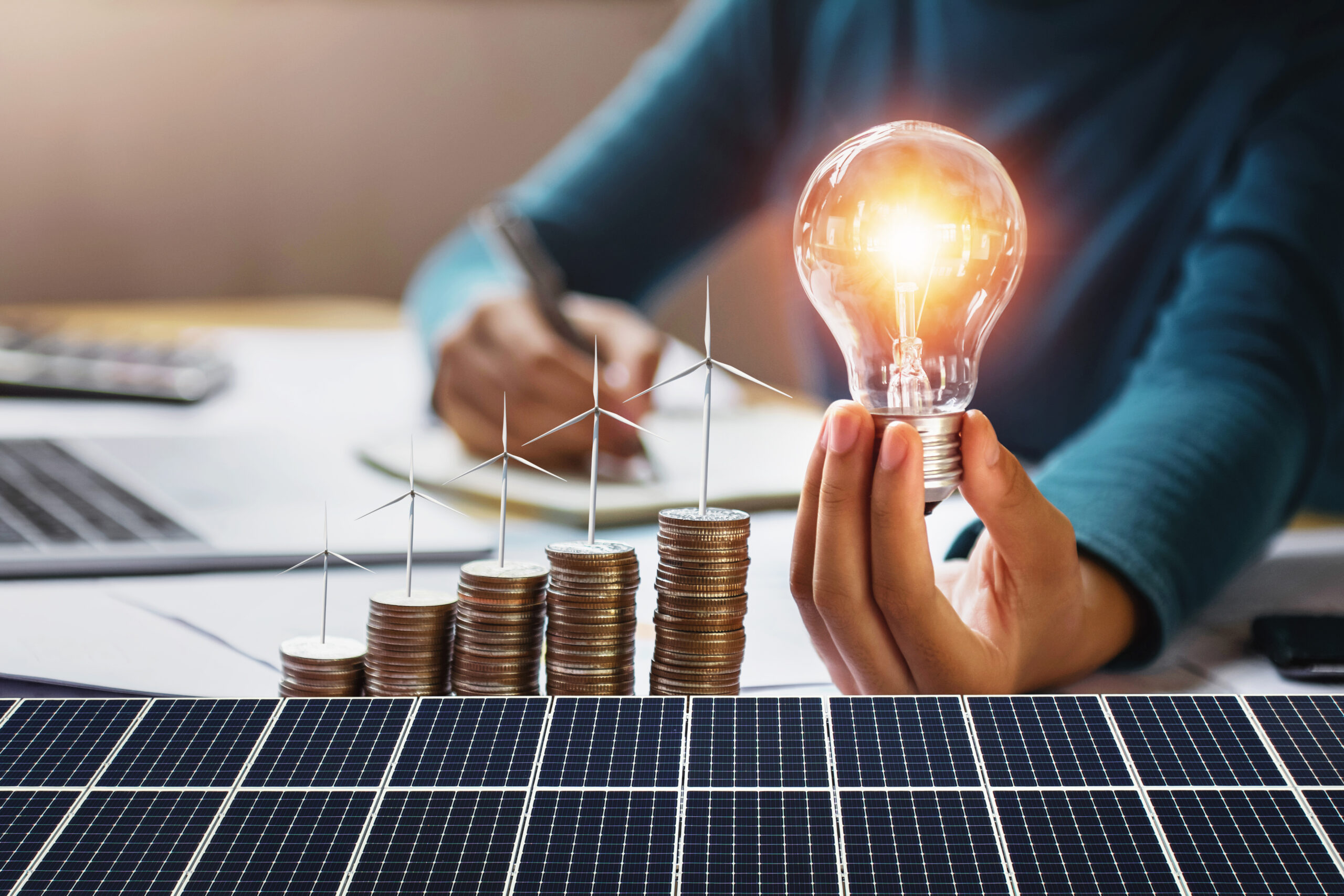
Solar energy has emerged as a ray of hope in the attempt for a more sustainable and environmentally friendly future. It is abundant and renewable, and as such has the potential to change the way we create and consume energy. However, widespread deployment of solar power systems necessitates significant upfront investments. That is when solar financing comes into play. In this blog article, we are going to go into the realm of solar financing, investigating its significance, many alternatives, and impact on our journey toward a cleaner, greener planet.
So the first question comes into mind – “Why Solar Financing”?
- The most beneficial feature is to make it most affordable for the majority of people, so that solar power may reach the greatest number of people, which will directly or indirectly enhance green energy and reduce pollution.
- Furthermore, solar energy will quickly reach everyone.
- Reduced Dependence on Subsidies.
What are the various Solar Financing Options?
- SOLAR LOANS – Solar loans are conventional loans that are specifically tailored to finance solar installations. Borrowers can select between secured and unsecured loans, as well as fixed or variable interest rates. These loans are adaptable and can be adapted to specific financial circumstances.
Let’s See with example how “Solar Loans” will be beneficial: –
- Assume your monthly electricity bill is Rs. 5,000/- and consumption is around 750 units. So according to the consumption, 5 Kw of solar power system will be most economical to reduce electricity bill to null.
Now to Install 5 Kw Rooftop Solar System, it will cost around Rs. 2,60,000/- (Without any Subsidy).
Now let’s assume you take a traditional personal loan (70% amount) with 10% interest, and rest 30% amount you are spending.
70% Amount = Rs. 1,82,000/-
30% Amount = Rs. 78,000/-
As per Electricity Consumption of avg Rs 5500 per month.
Total Electricity expense in one year = Rs 66,000/-
Now Solar Power’s avg generation in one month = 700 Units = Rs 5600/-
Total Savings in one year = Rs 67,000.
Now you have to just repay your loan interest instead of electricity bill for opted tenure of loan. With this your IRR (internal rate of return) will be around 40-44% and payback period of 2-3 Years.
With this option, you can easily go for solar plant installation at your premises without any hesitation, because Solar Plant Warranty is 5 years , Solar Power is proven technology, Can track savings and monitor your plant from Day-1 itself.
There are various banks which provides such loans like SBI, ICICI Bank etc.
- Power Purchase Agreements (PPAs): PPAs are contracts in which a third party, often a solar supplier or developer, installs solar panels on a property and sells the generated electricity to the property owner at a predetermined rate. This enables property owners to get the benefits of solar energy without owning the equipment.
- Solar Leases: Solar leases are similar to PPAs in that a third company owns and maintains the solar system on a property. The property owner pays a monthly lease fee to use the system and generate electricity.
- Government Subsidies: Many countries provide incentives and subsidies to encourage the use of solar energy. These can include tax credits, rebates, and feed-in tariffs, which reduce the cost of solar installations.
In conclusion, solar financing is critical because it removes financial barriers, promotes sustainability, minimizes environmental consequences, improves energy security, generates economic opportunities, and contributes to a cleaner, more sustainable energy future. It enables individuals and businesses to play a proactive part in climate change mitigation and establishing a greener society.

